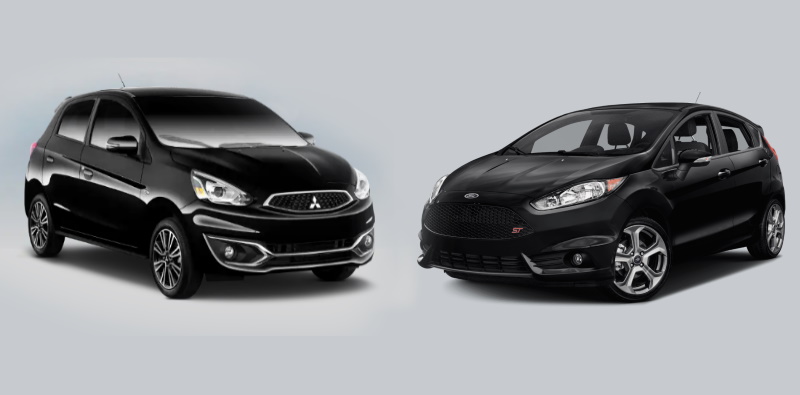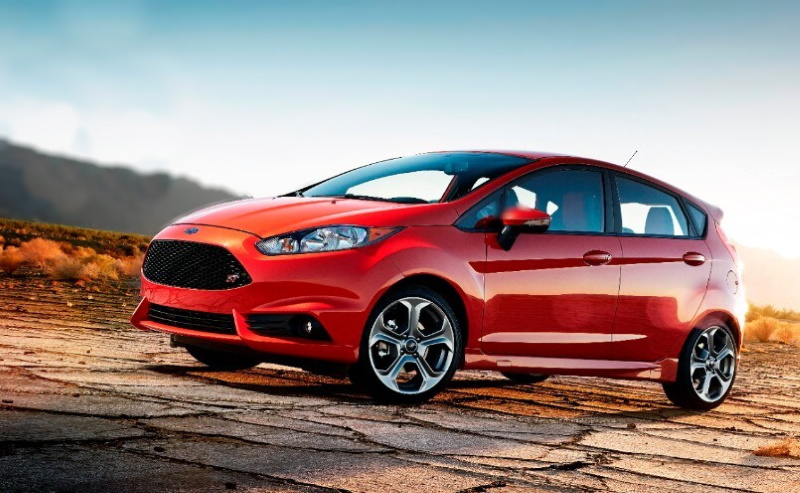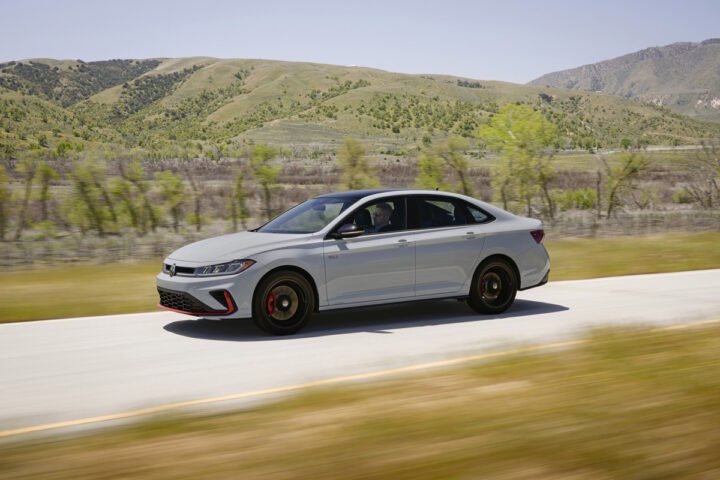Welcome to another series of mine! This series is simply called: “New or Used. I figured I would keep the title simply because the premise is quite interesting. Rather than compare something like a Toyota Camry SE with a 2007 Mercedes-Benz S63, I figured it was time to compare new cars with similar cars (ex. New Ford Escape vs. used Toyota RAV-4). That said, I took various cars that I absolutely can’t recommend buying new or used. Instead, I found some interesting alternatives that should match the new vehicle in features while being much better.
Before I dive into the first vehicles in this, I want to say that even though a manufacturer has a vehicle on here, that doesn’t mean their entire lineup is bad. Like I said in a previous article, some vehicles need to be redesigned or just avoided at all. Thankfully, I was able to find a few new vehicles with excellent used alternatives. The comparisons include: the vehicle has to be close to price, body style, segment, and features. New vehicles are built out on their respective websites so I’ll be using those prices. With that said, let’s look at the first vehicles on the list. We start with…the 2020 Mitsubishi Mirage. Oh boy.
Ah yes, the Mitsubishi Mirage. What else can I say about this that everyone else hasn’t? It sticks out in Mitsubishi’s lineup of SUVs like a mustard stain on a white shirt. Let’s dive into the specs of this and look at the actual contender: the 2020 Mitsubishi Mirage GT. When the Mirage first came out, it was the least expensive way to get into a new car. Even now, you can see new Mirages at around $10,000. If the top-spec Mirage was $10,000, this may be a tad different yet the Mirage doesn’t even feel like its worth it when you build one online for $18,000.

I’ll start with a few good things about the Mirage since I don’t this to be straight negative. Its small size is great for city driving. Styling-wise, the Mirage looks average which isn’t a bad thing. The EPA says that the Mirage can do 36 mpg city and 43 highway which is great for a non-hybrid. Finally, vehicles like the Mirage GT get heated seats, Apple CarPlay and Android Auto, and a 7” infotainment system. Is that it? Oh, you can also get parking sensors and it gets a standard backup camera.
Although I don’t to absolutely be negative about any vehicle, the Mirage’s negatives far outweigh the positives. Let’s get with the gas mileage. The reason that it’s so high is that the engine is the least-powerful gasoline engine one can buy. This is probably my biggest complaint. The 1.2-liter engine produces 78-horsepower and 74 lb-ft. Combine this monstrous power with a 5-speed manual or a CVT, the Mirage GT struggles to get up to 60 mph in under 10.5 seconds. This is one of the slowest and painstakingly boring cars in terms of its engine and drivetrain.
Complaint number two is everything else with the Mirage GT. This top-of-the-line model comes with HID headlights, heated seats, 15” wheels, and a GT badge. It may come with push-button start, cruise control, and a leather-wrapped steering wheel, but those are the highlights of the Mirage. The interior is not only extremely cheap but really boring. Everything in the Mirage GT feels cheap and genuinely out-of-date. The shifter for the CVT looks like it should be in a 2000s Nissan. One of the biggest kick-in-the-teeth is the name itself. I liked the last-generation Mirage and they put that name on a mediocre hatchback and sedan. I’m not sure how anyone could recommend one aside from a Mitsubishi salesman.
That’s where the used car comes in. Now, for $18,000, there are plenty of subcompact cars you can find. While the obvious choices to compare a Mirage to are the Chevy Spark and Nissan Versa Note. Instead of those, I found one vehicle with two trim levels that would destroy a Mirage in almost every way. The 2018-2019 Ford Fiesta solidified itself as one of the best handling subcompact or compact vehicles when it was in production. As a Ford, the Fiesta had a few different trim levels and I went for the best of the best. The Fiesta Titanium is the top trim level while the Fiesta ST is the sportiest version of the Fiesta.
Ford gave the regular Fiesta a great looking hatchback and decent sedan design. As with most vehicles, the higher up the trim level, the different the appearance packages become. Titanium models ride on 16” wheels while the ST has 17” wheels. Under the hood, the Titanium has a 1.6-liter inline-four with 123-horsepower and 118 lb-ft with a 6-speed automatic. This gets the Fiesta Titanium from 0-60 mph in 9.1 seconds, respectable for the segment. Want more firepower? The ST has a turbocharged 1.6-liter inline-four producing 197-horsepower and 202 lb-ft. 0-60 mph is a scant 7 seconds, or a full 4 seconds faster than a Mirage with 3 times more power!
The top-spec regular and performance Fiesta models have a good number of features. A 2018 Titanium and ST with under 5,000 miles come with heated leather seats, AppleCarPlay and Android Auto, a sunroof, 7” SYNC infotainment system, and a leather steering wheel. While the Fiesta Titanium is created more for subcompact luxury, the ST is all about performance. ST models have been praised as one of the best handling vehicles you can buy, and at $18,000, it’s a steal. The interior may feel old, but the Fiesta itself is an older car. Even though the Fiesta is redesigned in the rest of the world, Ford decided we are too important to have any sedans or hatchbacks anymore. Thank you Ford. This was a smart decision for us car-lovers.
When you look at the Mirage and Fiesta, it’s obvious that the Mirage is smaller and has better fuel economy, but has no soul. It’s just an appliance. Buyers of a Mirage only want two things: a low price and a large warranty. Oh, the Mirage is also still available while the Fiesta was done after 2019. That said, the FIesta is better. It feels better made, is a lot faster, and an altogether better-made car. Fiestas were apart of a program where the same vehicle would be similar in most markets minus some safety and engine choices. At the end of the day, if I had $18,000, I would get into a Fiesta. Probably an ST that hasn’t been modified.






















